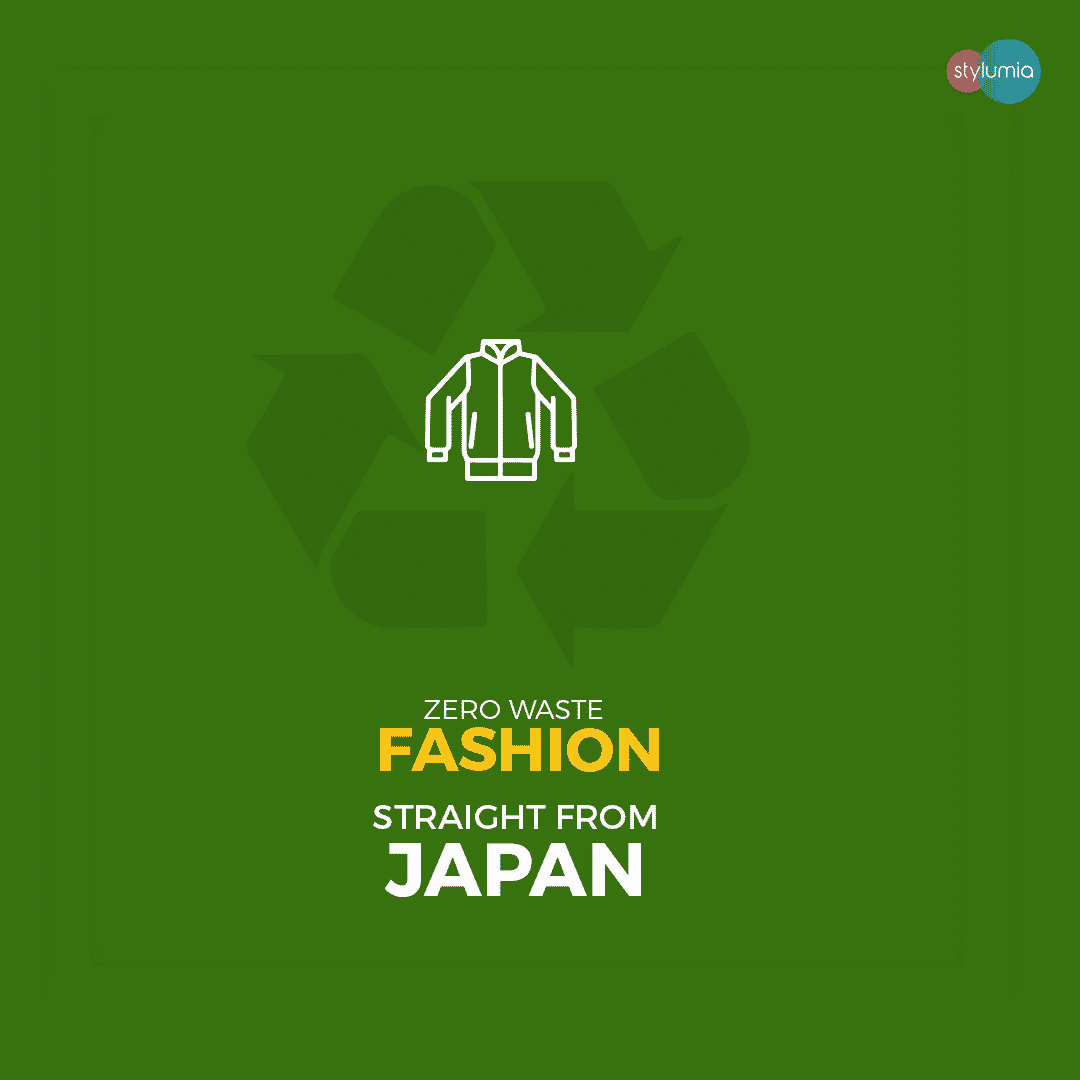Zero-Waste Fashion: Straight From Japan

Why we have not challenged the fashion manufacturing process for long? the traditional ways of making patterns, cutting, sewing, and finishing have been around for a long. This edit looks at one such innovation of zero-waste fashion that fundamentally challenges the current assumptions.
The fashion industry is faced with many economic, environmental, and social issues. Some of them include,
a) Long lead times
b) Wasted materials in the production
c) Harsh labor conditions
d) Burnt or buried leftover stocks etc.
Considering fashion being the second most carbon footprint industry in the world, this further raises the severity of the problem.
I had the opportunity to visit Shima Seiki, an innovative Japanese company with global headquarters in Osaka. They are looking at inventing things that do not exist in the world and make a significant difference.

The company evolved over the last five decades and their museum had a complete view of the evolution.




What impressed me the most is their innovation culture and drive to automate and challenge the stats-quo.
One of the key challenges in fashion manufacturing is the number of processes involved in making a garment. Every process brings with it its own lead-time and corresponding wastage. The fundamental question they asked is how can they eliminate steps in the manufacturing process.
Why not a garment from yarn directly?
This resulted in innovation, wherein you can get the full garment from yarn in one single process. This is called “WholeGarment”. You can make all kinds of products, tops, dresses, shirts, jackets, denim bottoms, joggers, etc for all genders. You may watch a short clip on the whole garment machine delivering bottom wear straight from yarn. You can click here or the image below for the video.
It takes anywhere between 60 min to 3-4 hours depending on the complexity of the garment. in other words, you can get inspired by a design, share the design in the form of an image, and the whole garment can be delivered in few hours (assuming there is a good collection of dyed yarn banks).
30-60 days —> 1-4 hours
That is an exponential reduction in lead time for making fashion garments!
In the future, we see consumers could get to see the “fashion kitchen” in stores as we do in food. Will this be one of the experiences in the future of fashion retail? The images below indicate the type of garments you could make from this technology.





I struggled to find the difference. Using the 3D software you can create fabrics that look real and can also be draped on models. One of the Japanese brands is actually using only digitally generated images for selling in the eCommerce platform (zozo town). Here is one such rendition.

3D simulation can reduce most of the interactions in sampling and also progressively booking with retail and wholesale partners can happen through near-real images.
This Whole Garment innovation lends itself in the future to wearable computers with conducting yarns.
We see this as a starting point of disruption coming up in fashion from a combination of supply/manufacturing methods and technology. We need to be asking questions challenging our current assumptions in the industry for us to come with solutions for the unsolved challenges.
We found a good match with this innovation in terms of our approach to Stylumia.
While SHIMA Seiki is looking at zero-waste fashion in manufacturing, we at Stylumia are looking at zero-waste fashion in decision making (what to design? what to buy? how much to buy? and where to distribute?) using cutting edge technology to enable fashion brands and retailers make informed decisions from design to distribution to eliminate/minimize wastage.
Here is an overview of our solutions to remove the guesswork in fashion decision-making.

The world is changing fast, one needs to run even to stay in the same place. We can only get ahead by adapting innovation early and stay ahead. If you are interested in any of our solutions, please reach out to us to make your brand future-proof and before it is too late.




